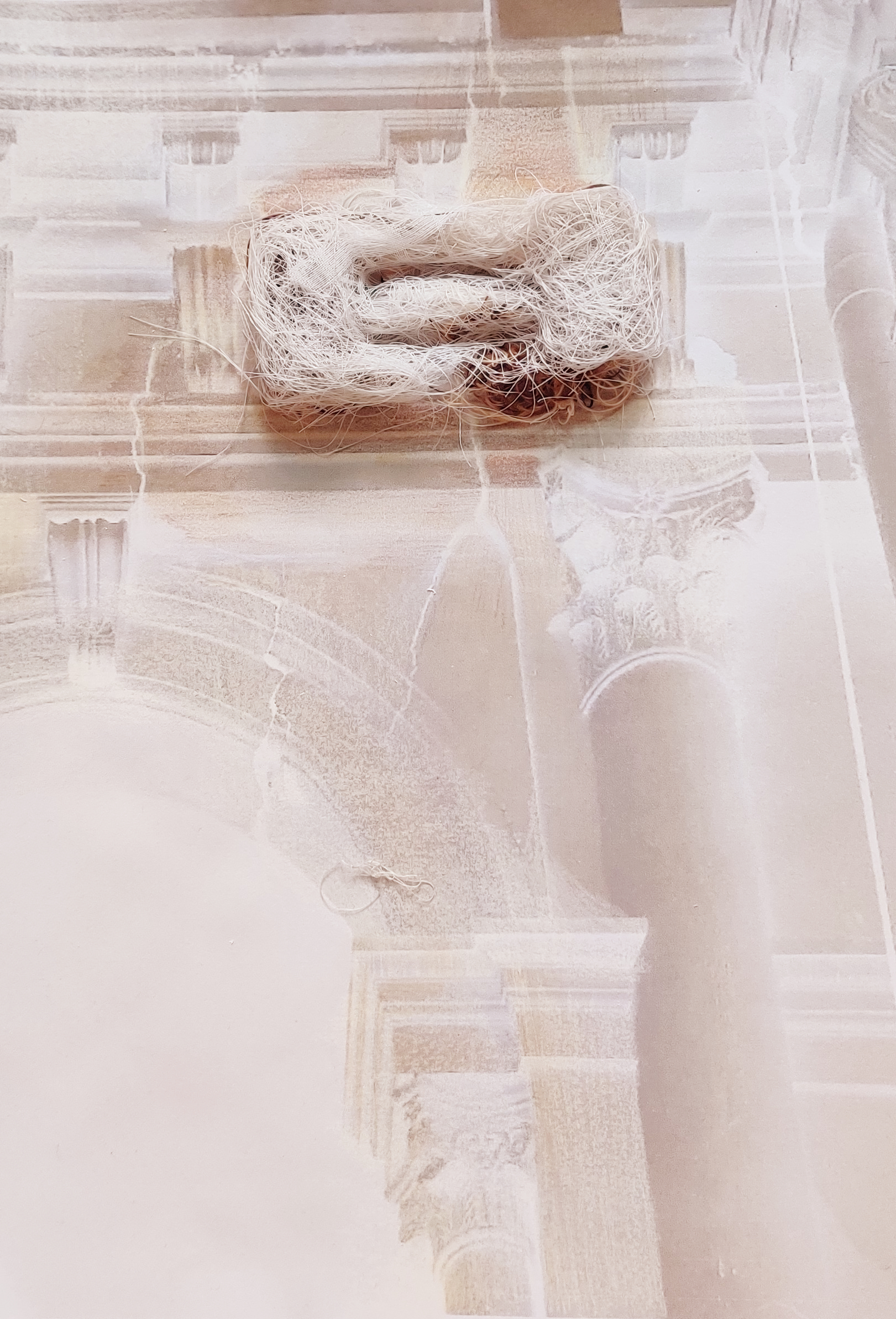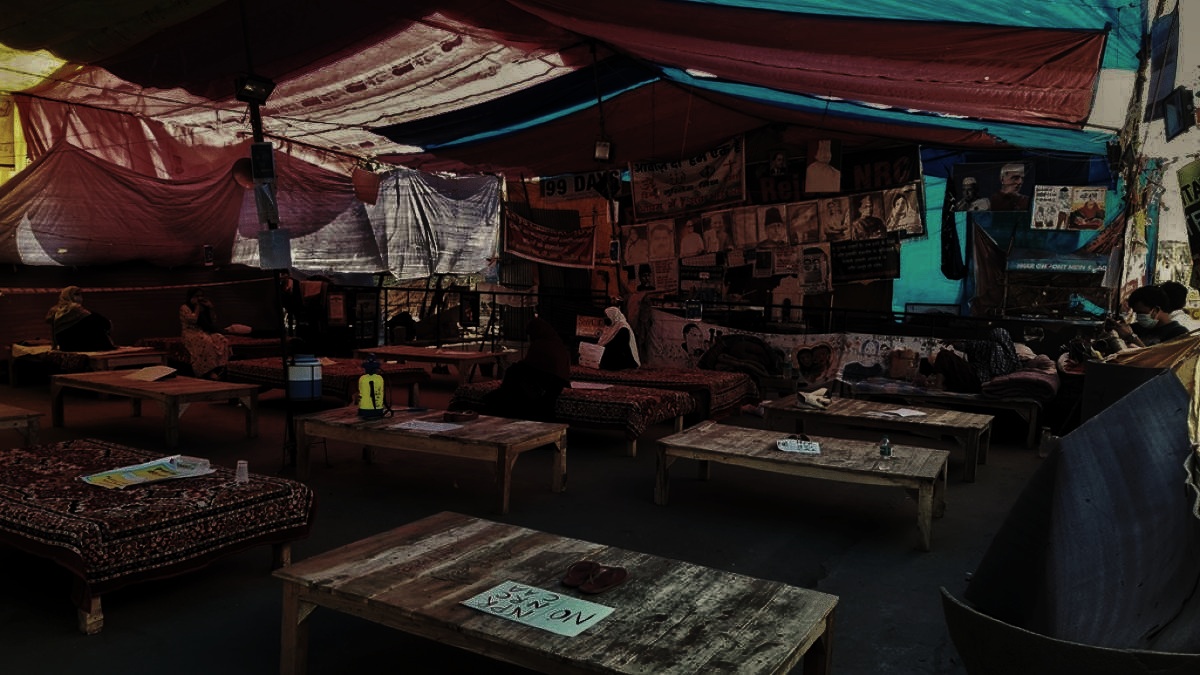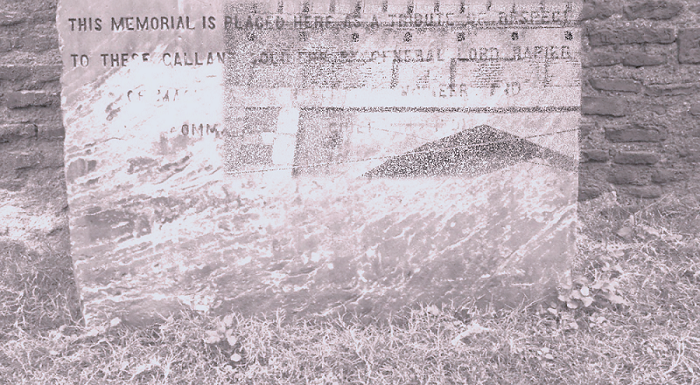From everything a little remained.
बाकी
बाकी
Various precipitates emerge that contest the perspectival view with which we understand our historic position. At times, the eye becomes myopic while dealing with such presences, other times, it evokes flashes from moments past that resurface to talk about the present predicament.

In our old school GK book; there was a famous question – What was the reply when Prime Minister Indira Gandhi asked the first cosmonaut of India Rakeh Sharma that ‘How does India look from there?’ He replied ‘Saare Jahan Se Acha’. It is not just simple information for a school kid; it produces pride, vanity, and nationalism into a child’s brain for a newborn nation who broke the shackle of 200 years’ of British Colonialism, just 36 years ago from that day.
Emancipation Day is celebrated in various former European colonies in the islands of the Caribbean Sea and areas of the United States on different dates to commemorate the emancipation of slaves of African descent. After the Second World War, when the giant colonizers were losing their powers and the political map of the globe was emerging in a new form, on the other hand, a technological race began between big countries to colonize Space.

The world in a picture is a superimposition of varied stimuli, elements and things placed in layers to create the ultimate imagery. All of what exists and breathes through our lived experiences does so in layers that expose different realities. The superimposition acts as a projection, a phantasmagoria of perceptions that renders the picture incomplete. Our hopes of being able to live each one of them, to feel them all in their most raw form is to unpeel layer by layer. This unlayering makes openness to being itself possible rather than emphasizing more on the mere representation of knowledge. Each layer is a sensation absorbed by our mind through different windows, one of which is smell.
Smell, as an intangible and ephemeral thing, is a curious little device of mapping out our encounters that has been insufficiently explored. A whiff is enough to prompt a reaction or trigger a memory that has been long forgotten. Whether as portals to a detail that was tucked away in an ordinary memory, or as a tool that allows us to navigate our way through physical space, smell as a layer is intimate but unyielding in its impact. In the most unlikeliest of ways, it makes the past exist in the present, and the far seem near. The experience of smell is also a callback to what has been unknowingly missed, or left behind. Something we forgot to carry with us, something akin to a picture that we had forgotten about but one day find it enveloped under the folds of old books. The picture is essential but has not been fairly given its due attention for some time now. It is a reality that we have forgotten to explore. Smell becomes a reminder of what has been left baaqi.
Terraforming Mars, Asteroid Mining, etc. are now some of the most ambitious projects to colonize space while Lisa Pratt, a bio-geochemist at Indiana University opposed the idea of terraforming Mars in a debate and expressed that there is a high possibility of indigenous Martian organisms which will be affected for that. Moreover, the colonization projects need lots of physical labor which will be supposed to be done by robotics engineering, apparently seem that there will be no direct exploitation of human labor. But the brilliant Polish Sci-fi writer Stanislaw Lem in his dozens of novels, essays, short stories, metaliterary experiments, and futurological treatises endeavored few imaginations from the non-human interests and explored some of the philosophical problems computers and cybernetics are likely to cause. One of that neither is, would human beings consider conscious machine intelligence as having equivalent human rights or better way to say ‘machine rights’? Do we have a right to send conscious Robots to Space for doing slavery for us?
The island of ‘Baaqi’ is considered as ‘What is left?’ be it is in past or in the future. To our mind, the earth has been already colonized by Imperial powers in history or it is now recolonizing by corporates. The left is ‘Space’ but the process has been started much earlier. To understand this contemporary debatable subject of ‘Space Colonization’, we need to look at either its ramification in the future or its archival traces in past. We have already discussed the futuristic imaginations of the Space Colony, now to explore a story of the colonial past on earth or to do an investigative voyage and comprehend the history from a non-anthropocentric lens, click on the anti-clockwise moving fractal tree.

Kulila by Ali Cobby Eckermann
Sit down sorry camp
Might be one week
Might be long long time
Tell every little story
When the people was alive
Tell every little story more
Don’t forget them story
Night time tell ’em to the kids
Keep every story live
Don’t change the story
Tell ’em straight out story
Only one way story
All around them story
Every place we been
Every place killing place
Sit down here real quiet way
You can hear ’em crying
All them massacre mobs
Sit down here real quiet
You can feel them dying
All them massacre mobs
Hearts can’t make it up
When you feel the story
You know it true
Tell every little story
When the people was alive
Tell every little story more
Might be one week now
Might be long long time
Sit down sorry camp
Click on the tree to taste the bitter time
Celestial navigation systems are based on observation of the positions of the Sun, Moon, Planets and navigational stars. By knowing which point on the rotating earth a celestial object is above and measuring its height above the observer's horizon, the navigator can determine her distance from that subpoint.
Our नाव, following the stars, has travelled distances and time to reach a heterotopia of hope and care.
A little remained from every soap we used.
little memories, little touch, little water, little bubbles, little fingerprints, very little.
Since from everything a little remains,
why won't a little
of me remain?
A little of me somewhere and everywhere.
What in a human life can be turned into a story, and what can’t. What is susceptible to some forms of symbolisation and narrativisation, and what isn’t? And what do people do with what can’t be taken up into story? And what rules, methods, practices do people adopt to deal with those residues, those remainders?
-Danial Leader
Flotsam is categorized as property belonging to no apparent owner that either sinks to the seabed or floats on the surface of the water, whether it be intentionally cast overboard or as the result of an accident.
Crystalline deposits on monuments are similar to afterimages on the memory and retinal surface. They seem to speak of salty times, salt-crusted eyelids, of sweat laden lands that surface as salty phantoms now and then, from across time and space, near and far.
As Osborne says, “The photographic present is a commemorated present, one that, in the moment of its invention is confirmed as impossible, already receded and unreachable and for those reasons, desired. Each invokes the yearning for an object that remains unavailable and in so doing each invents its own peculiar kind of pleasure, and its own kind of remoteness.” And, in the form of memory, it is this photographic afterimage that sediments over time.
Efflorescence refers to crystalline deposit of salts that sediments on and inside the walls and floor of buildings. It has a white or greyish tint and consists of salt left behind when water evaporates. Overtime, they corrode the structure and weaken it and need special care to be treated. They can seen on surfaces but internal sedimentation can also be checked through scans.
Monuments like Delhi's old city gates often smell damp, but I wonder where the dampness comes from.
An afterimage of a monument is an aura, made to sustain and last in one’s vision. But it is a liminal entity lying at the cusp on being blurred and clear, positive and negative, fact and fiction, the prosthetic and the lived - undergoing change in each instance of recall. A ruinous fragment, it lies suspended in a process of negotiation and becoming.

The term encompasses the hull of the vessel, its fixtures as well as any other form of object on board, such as belongings of the crew and passengers.
As there is no clear way of defining ownership, one who discovers Flotsam is allowed to claim it. At times, passengers deliberately forget fragments on board, which they can neither tolerate nor cohabit space with.
Over time, these residual particles - ferment like microbes, swarms like honeybees, build counter-colonies like ants, and reclaim the innards of the surface such as wood, stone and gravel. Periodically, they rise to the surface like phantoms.
Neither do they allow themselves to be measured or forgotten , nor be exercised upon by claims.
Infinite scroll for your residue here!
YUO CNA RAED TIHS
if yuo acn raed tihs, Cnogruratalinot!
you wlli udernstdan hwo uor bairn cna aticvyle
tarsnfrom wonrg inftormoion into right, and see
domiannt paittrns in the de-anrregad leters,
thguorh this edtiign prossesc, the wrdos
fit our exepcteatinos and projictinos.
Such editnig can laed ot streoetpying;
one of such inicdnets acn also
happen wehn we gorup ppeole of
a prcaitualr type tgteoher and
mark the same inftormoion
to all of them, eevn if
it si not ture.
In this P5.js sketch, a rhizomatic progression of a network is eating the green molecules of the canvas could be a metaphorical representation of several human activities, but the interesting fact is that the algorithm for drawing organic forms is titled 'Space Colonization'.
Heidegger says “...world picture, when understood essentially, does not mean a picture of the world but the world conceived and grasped as picture. What is, in its entirety, is now taken in such a way that it first is in being and only is in being to the extent that it is set up by man, who represents and sets forth.”
whole
Back to Naav.now